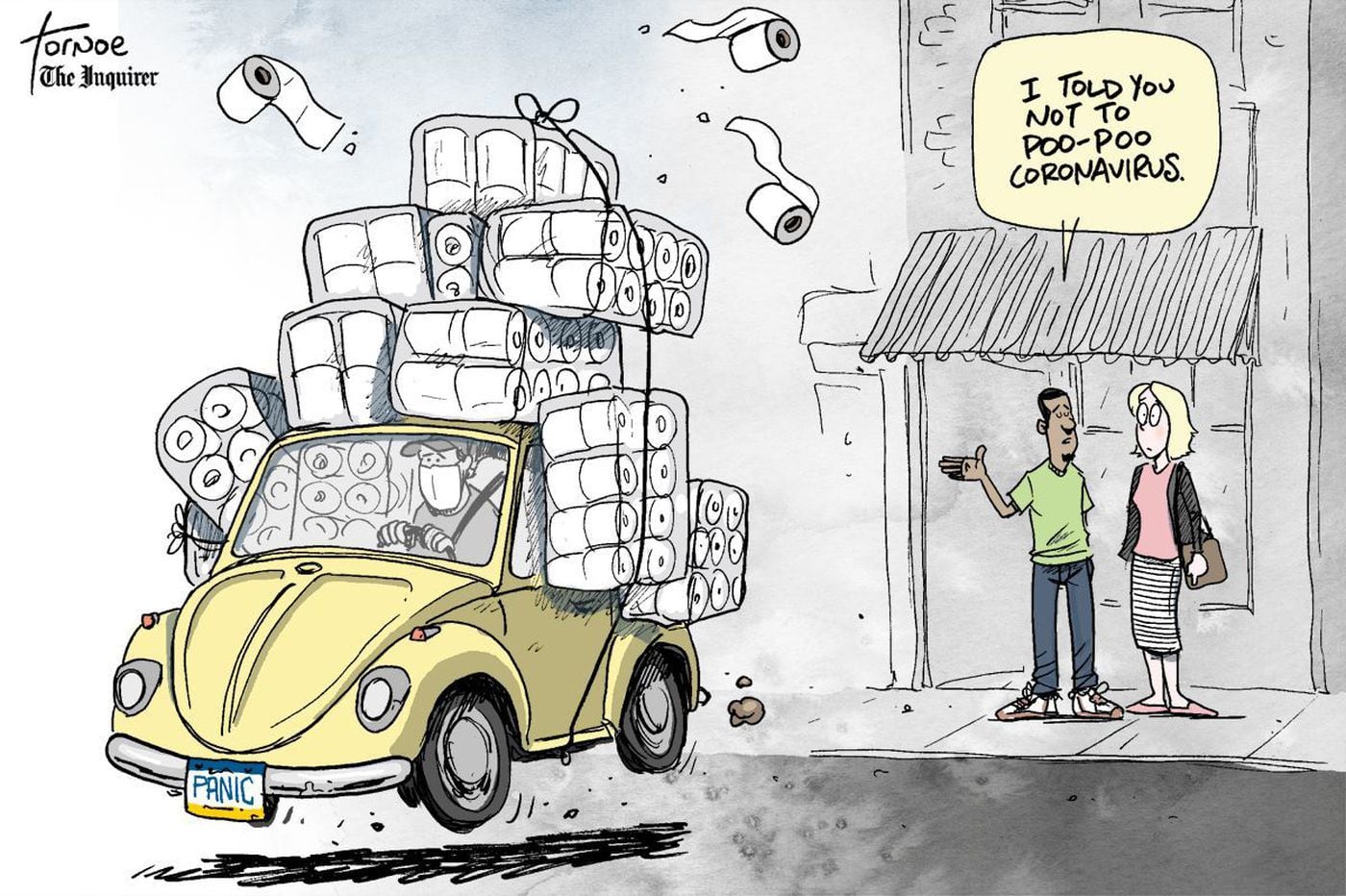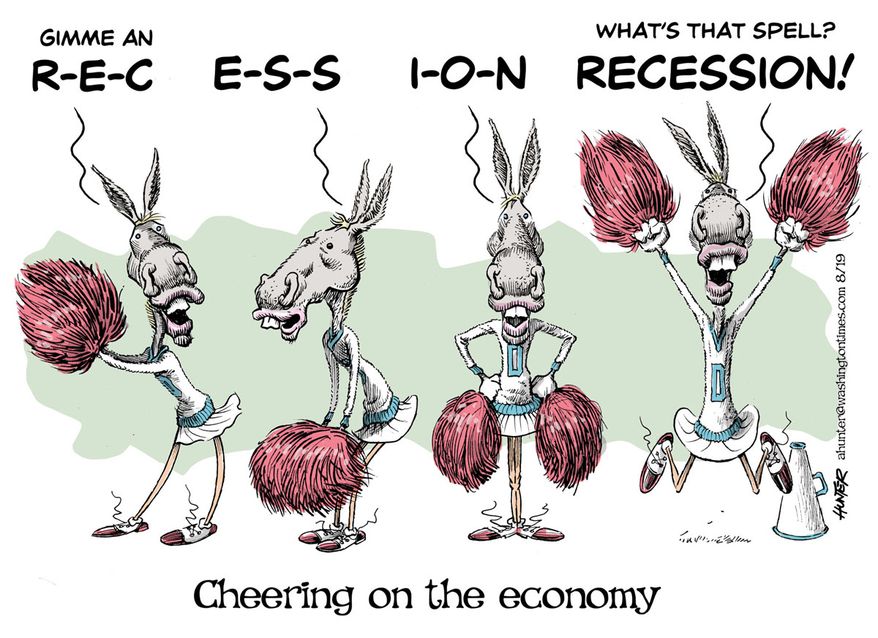
Europe has now become the epicentre of the pandemic," WHO chief Tedros Adhanom Ghebreyesus said in a virtual press conference on Friday.
"More cases are now being reported every day than were reported in China at the height of its epidemic."
The virus, which first surfaced in China in December, has now killed more than 5,000 people, "a tragic milestone", according to Tedros.
The comments came as countries across the world tried to limit the infection's spread, tightening borders, closing schools and cancelling events.
Tedros said such measures could help, but stressed that countries needed to take "a comprehensive approach.
"Not testing alone. Not contact tracing alone. Not quarantine alone. Not social distancing alone. Do it all," he said.








